Just popped out of the shower and running late for work or a big event?
You don’t want to go out with wet hair, do you? The best way to tackle these kinds of
situations is with a hair dryer.
However, hair dryers use heat and that could be harmful to your hair if you don’t
know how to use it the right way.
In this article, I have provided all the different ways how you can use a hair dryer without damaging your hair.
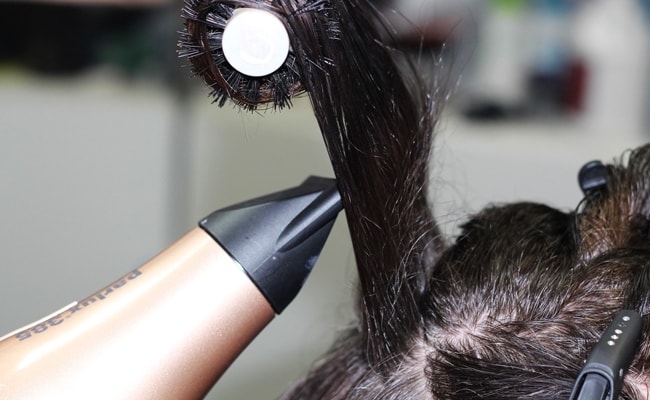
How To Use A Hair Dryer
There are a few things to keep in mind when you are using a hairdryer. It may seem easy but if you are reckless with them, they could be reckless with your hair.
The following are a list of helpful points on how to use a hair dryer without damaging hair.
Remove Excess Moisture
The first thing you should not do after getting out of the shower is to dry your hair with a hairdryer.
But you should dry your hair with a towel until there is no water dripping down from your hair.
I’m saying this because remember, you want as little heat as possible coming in contact with your hair. Less heat means less damage.
So it is important to rid your hair of excess water or moisture before you proceed to dry it with a hairdryer. Not only will this speed up the process of drying your hair but it will also let you use the appliance for a smaller period of time.
You will be saving your hair from gaining excessive heat as well as saving your electricity bills.
Temperature Control
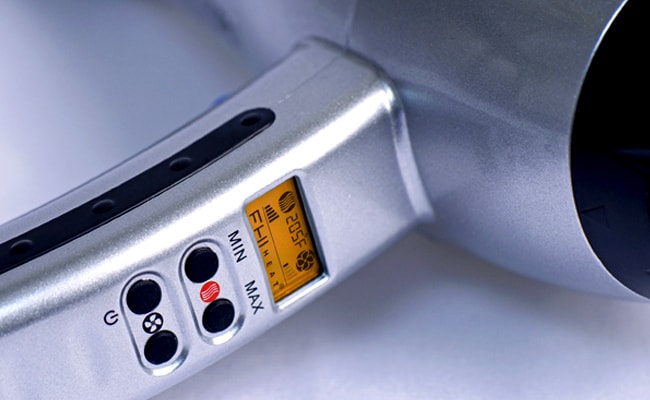
If you have the luxury of using a high-end hair dryer, you might be presented with a lot of different options within one device.
These options include temperature ranges or the ability to switch between hot or cold air.
Even if your hairdryer doesn’t happen to have as many fancy options, it’s best to keep it at the lowest possible temperature available.
Heat is hair’s worst enemy. Too much of it can make your roots extremely dry and strip your scalp of its nutrients as well as turning your luscious locks into a brittle disaster.
Especially if your hair is of fine texture, all of this can eventually lead to hair loss.
Maintaining Distance
One of the ways you should use a hairdryer is by keeping your dryer at least 6 to 8 inches away from your head. This is recommended by every hair stylist.
You do not want direct contact of hot air with your hair or else they will get damaged.
Some products come with a nozzle and they usually help with keeping a distance between your hair and the hot air.
The nozzles also help spread out the hot air and help prevent frizz, so it’s a double bonus!
Most hair dryers run with a motor or a fan on the back side of it and often times than not, if you aren’t careful, your hair could get stuck in it so it’s good to keep the hairdryer at a safe distance.
Keep It Moving
Besides keeping a certain amount of distance between your running hair dryer and your hair, you should also keep in mind to not keep the dryer in one place for a long period of time. This will increase the chances of damage done to your hair.
Heat concentrated on one spot of the hair for a long time will harm the scalp as well as the roots.
Constantly moving the device will also help with giving a nice volume to your hair.
Special Techniques
A lot of people make the mistake of maneuvering the hair dryer randomly, thinking that the device will automatically do its magic.
But what they don’t understand is this is exactly the reason why their hair ends up looking like a hot ball of mess.
In order to achieve a salon-like smooth hair, the type that you get after a fresh cut, it’s important to move the device around throughout the drying process.
This is one of the most useful tips on how to use a hairdryer and this process ensures your hair to end up looking smooth, silky and shiny.
It’s even better if you have the time to part your hair into individual sections and then proceed with drying it from the roots to the tips.
You can do this by clipping segments of your hair or holding sections of hair taut on a brush while you dry it.
Styling
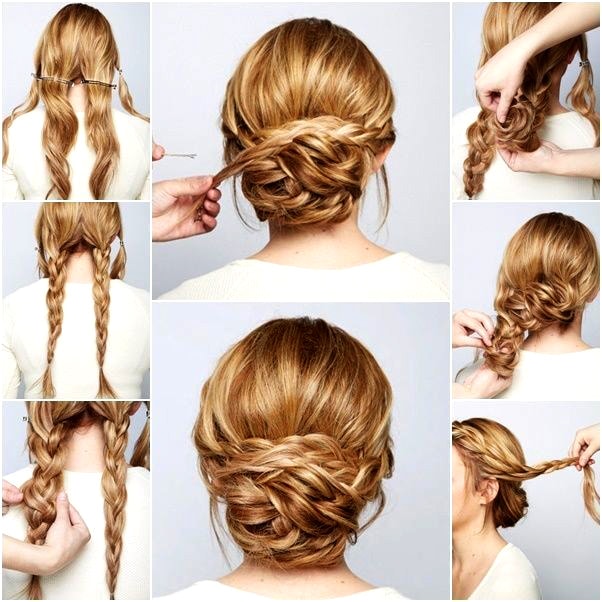
Blow drying your hair isn’t always about just removing the moisture from it. It’s also quite often used for styling.
If you know the right techniques, you can use them to create curls, bounces, waves or a variety of blow-out styles that could be perfect for any occasion.
Sometimes maneuvering it up and away from your face can make a huge difference to holding it down and towards your face.
A lot of brands offer changeable concentrated nozzles of different shapes, each catering to a different look.
Whether you are using rollers or any other sort of product, hair dryers can help you achieve a variety of styles. It’s up to you and the kind of look you want to go for.
Is It Good To Use A Hair Dryer?
Now that you know how to use a hairdryer, you should definitely know whether it’s right to use one.
Of course, it has many benefits and uses related to saving time and at-home-styling, but if not used correctly or carefully, hair dryers can leave a negative lasting effect on the quality of your hair. So it’s best to take precautions.
Should I Use A Hair Dryer Daily?
It is common knowledge that too much of anything is never a good thing. The same goes regarding the usage of hair dryers.
Any sort of therapy on your locks that involves heat is bad for your hair. So you should refrain from using them every single day as the heat will slowly but surely damage your hair for good.
Finally
I’ve covered the important aspects of how to use a hair dryer without damaging your hair and pretty much the basics of using it.
By now you know that although using one of this comes with great benefits, you should learn how to use one properly in order to prevent any mishaps to your hair.
Hair dryers are versatile products and if used creatively, you can get amazing results.
I hope this article comes of use to you and that you use these tips and tricks to take care of your hair. These will definitely help keep your hair healthy, shiny, and clear of frizz.
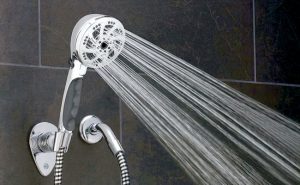
Top 10 Best RV Shower Heads of 2023
Long, hot showers are good for the soul. There are very few things in life that are half as satisfying to a tired man as
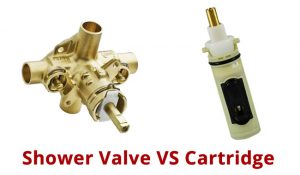
Shower Valve Vs. Cartridge | What is the Difference?
If you are one of the people who has been searching for the differences between a shower valve and cartridge over the internet and you
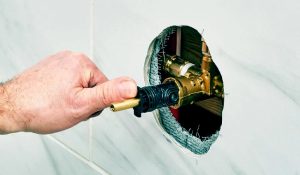
Signs of a Bad Shower Cartridge and How to Replace It?
A shower cartridge is one of the latest technologies to give you a better showering experience. It’s a part of some of the modern shower

8 Best Rain Shower Heads of 2023
Nothing beats a great shower when you want to unwind and relax after a busy day. And nowadays, improving that experience doesn’t cost a fortune.
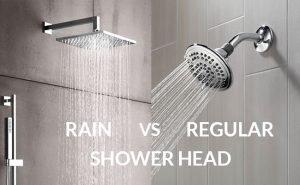
Rain Shower Head Vs Regular Shower Head – Key Differences
If you have ever seen a rain shower head for the first time, you might say to yourself, “What kind of shower is that?” The
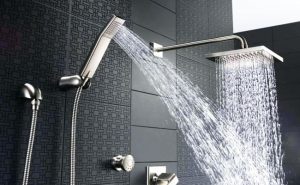
What Is The Standard Shower Head Height? – Guide with Picture
Choosing the right comfortable height for your shower head is crucial. Traditionally, a shower head should be placed somewhere around 80 inches from the floor. This

